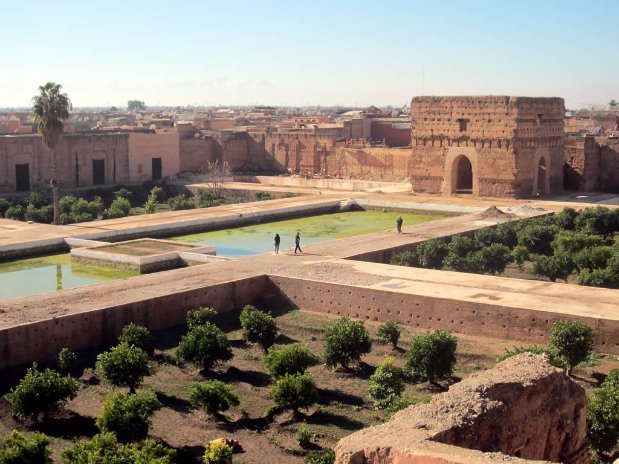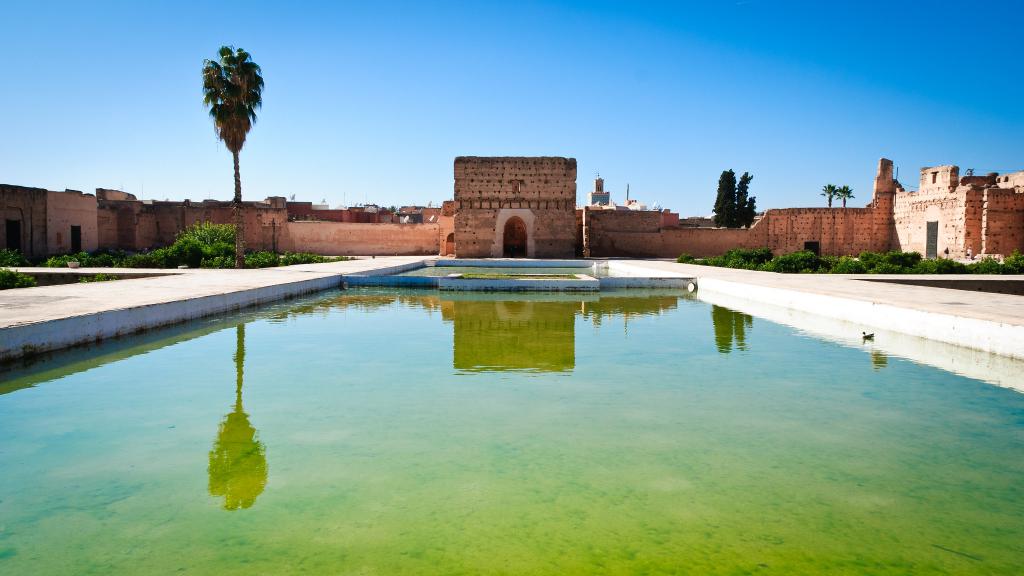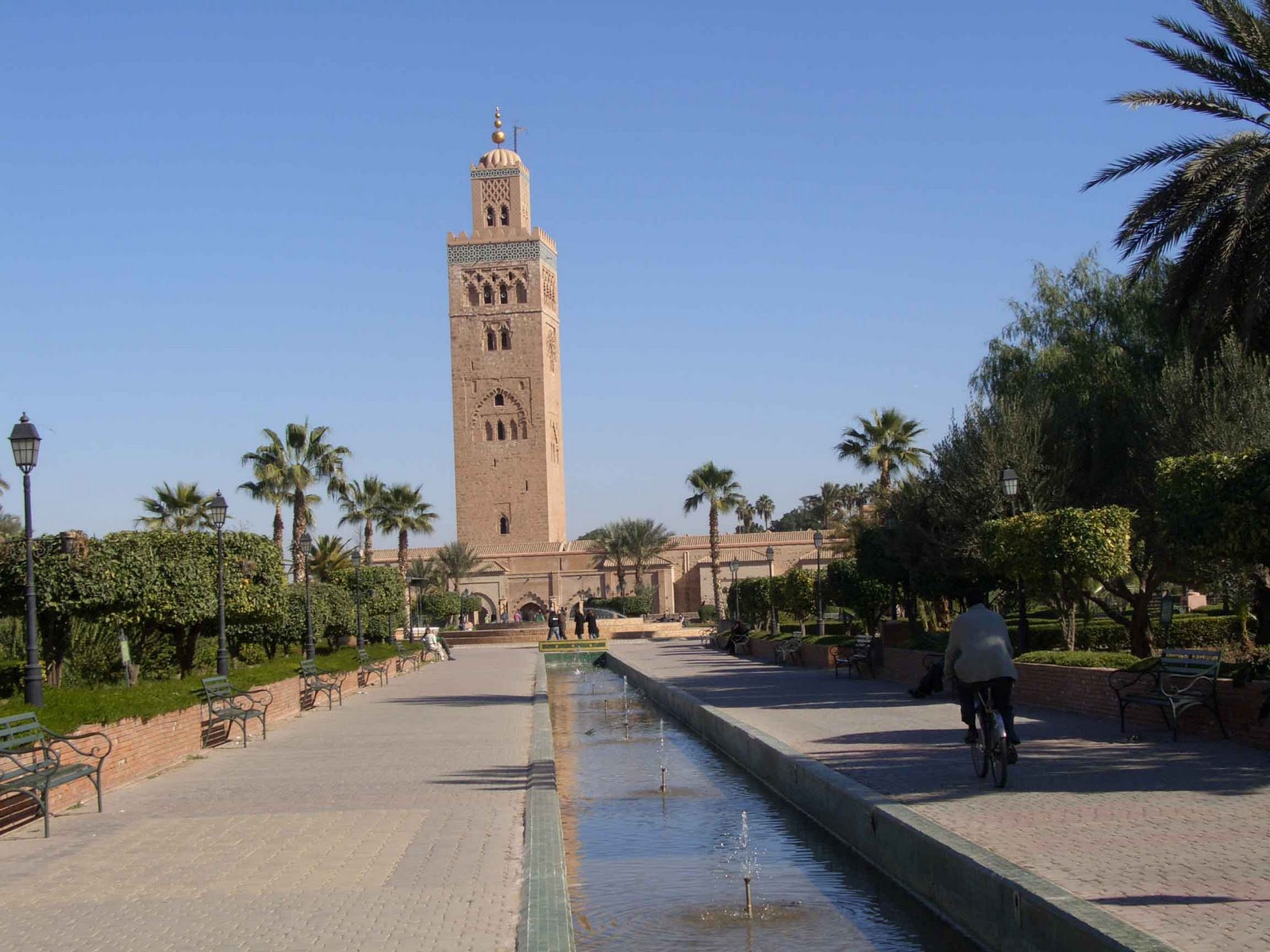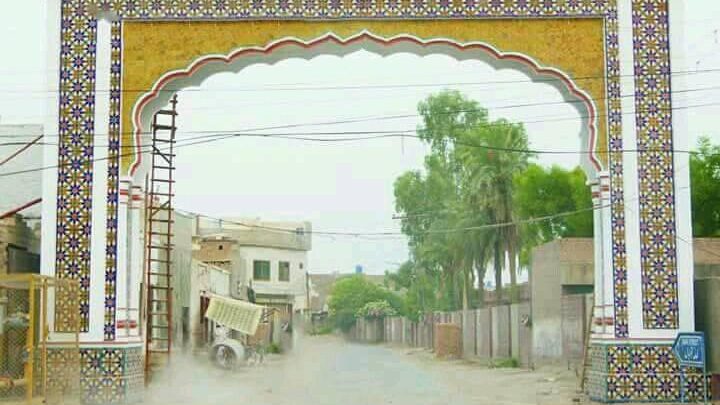El Badi Palace, nestled in the heart of Marrakech, Morocco, stands as a testament to the opulence and grandeur of the Saadian dynasty. Built in the 16th century by Sultan Ahmed al-Mansur, this once-lavish palace dazzled visitors with its extravagant gardens, intricate tilework, and stunning architecture.
The palace’s design is a masterful blend of traditional Moroccan elements and innovative architectural techniques. The use of brick and plaster, typical of Moroccan architecture, creates a warm and inviting atmosphere. The intricate geometric patterns and horseshoe arches, recurring motifs throughout the palace, showcase the exceptional craftsmanship of Moroccan builders.

One of the most striking features of El Badi Palace is its vast central courtyard. Measuring 135 meters by 110 meters, the courtyard was once adorned with lush gardens, sparkling fountains, and pools. The centerpiece of the courtyard was a large rectangular pool, measuring 90.4 meters by 21.7 meters.
The palace’s interior was equally impressive. The walls were decorated with intricate tilework and adorned with precious stones and metals. The ceilings were coffered and painted with elaborate designs. The floors were covered with luxurious carpets and mosaics.
El Badi Palace was not just a place of residence for the sultan and his family; it was also a center of government and a venue for lavish receptions. The palace’s vast courtyards and opulent halls were used to host important dignitaries and foreign ambassadors. The palace also served as a backdrop for grand celebrations and festivals.

Unfortunately, El Badi Palace fell into decline after the death of Sultan Ahmed al-Mansur. In the 17th century, the palace was looted and its materials were used to build other structures in Marrakech. Today, only the ruins of the palace remain, but they still offer a glimpse of its former glory.
The ruins of El Badi Palace are a valuable reminder of the rich architectural heritage of Morocco.




I’m sure the El Badi Palace was very impressive when it was first built. But now, it’s just a pile of rocks. Save your money and go see something else.
I find it hard to believe that the El Badi Palace was once one of the grandest palaces in the world. The ruins that remain today are a far cry from the opulence described in historical accounts.
I heard that the El Badi Palace was built by a sultan who wanted to impress his wife. But when she saw it, she said, ‘It’s too big!’ So the sultan had it torn down and built a smaller one.
The El Badi Palace is a great place to visit if you’re interested in seeing what happens when a once-great empire falls apart.
The El Badi Palace is like a beautiful woman who has lost her glory. The ruins are still impressive, but they can’t help but make you wonder what the palace must have been like in its heyday.
The El Badi Palace is a fascinating glimpse into the past. The ruins tell the story of a once-great palace that was destroyed by war and neglect. I highly recommend visiting if you’re interested in history.
The El Badi Palace was a huge disappointment. The ruins are crumbling, and there’s no information about the history of the palace. I wouldn’t recommend visiting.
I’m not sure why people are so impressed by the El Badi Palace. It’s just a bunch of ruins. I wouldn’t waste my time visiting.
I loved my visit to the El Badi Palace! The ruins are beautiful, and the history of the palace is fascinating. I highly recommend visiting if you’re ever in Marrakech.
I heard that the El Badi Palace was built by a sultan who was so rich that he used gold to make his horseshoes. But when he rode his horse through the desert, the gold shoes got so hot that the horse’s hooves burned off.
I was disappointed by my visit to El Badi Palace. The ruins were not as impressive as I had hoped, and the lack of signage made it difficult to understand the history of the site.
The El Badi Palace is a fascinating example of Islamic architecture. The palace’s design is a testament to the skill of Moroccan craftsmen, and its history is closely tied to the rise and fall of the Saadian dynasty.
The El Badi Palace stands as a testament to the brilliance of Moroccan artisans and the grandeur of the Saadian dynasty. Its intricate tilework, majestic courtyards, and serene gardens transport visitors back to a bygone era of opulence and splendor.